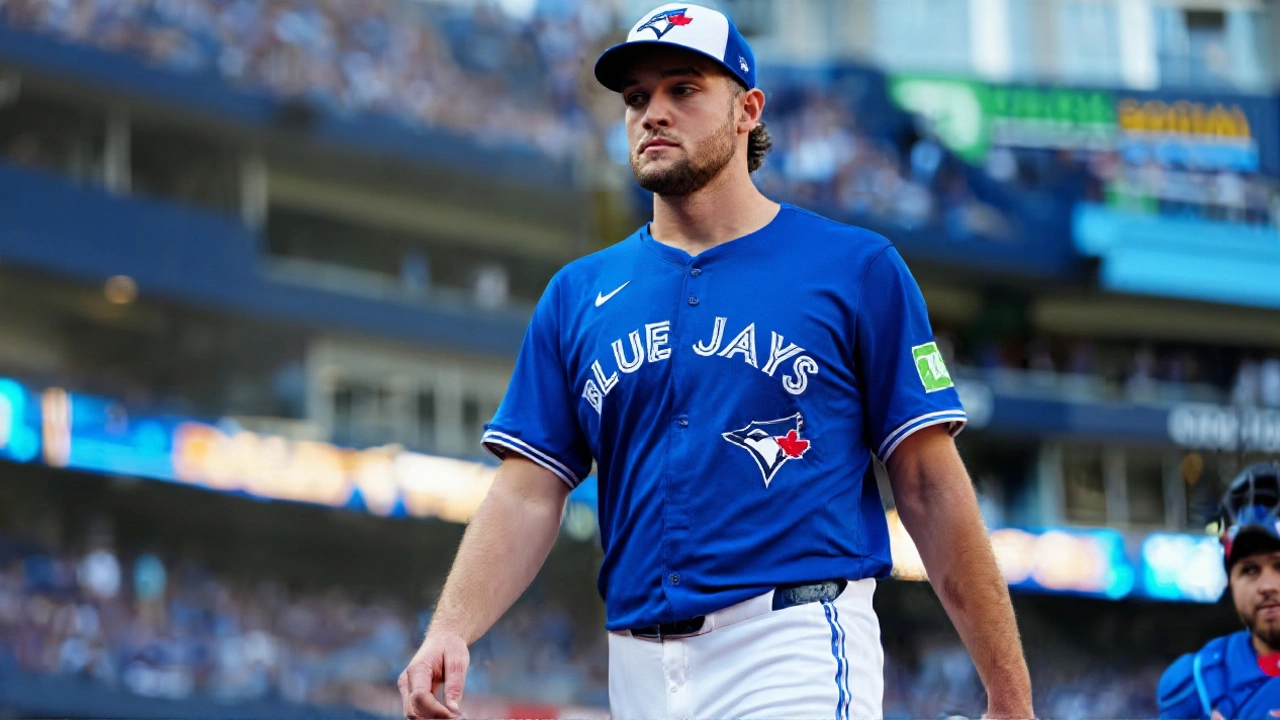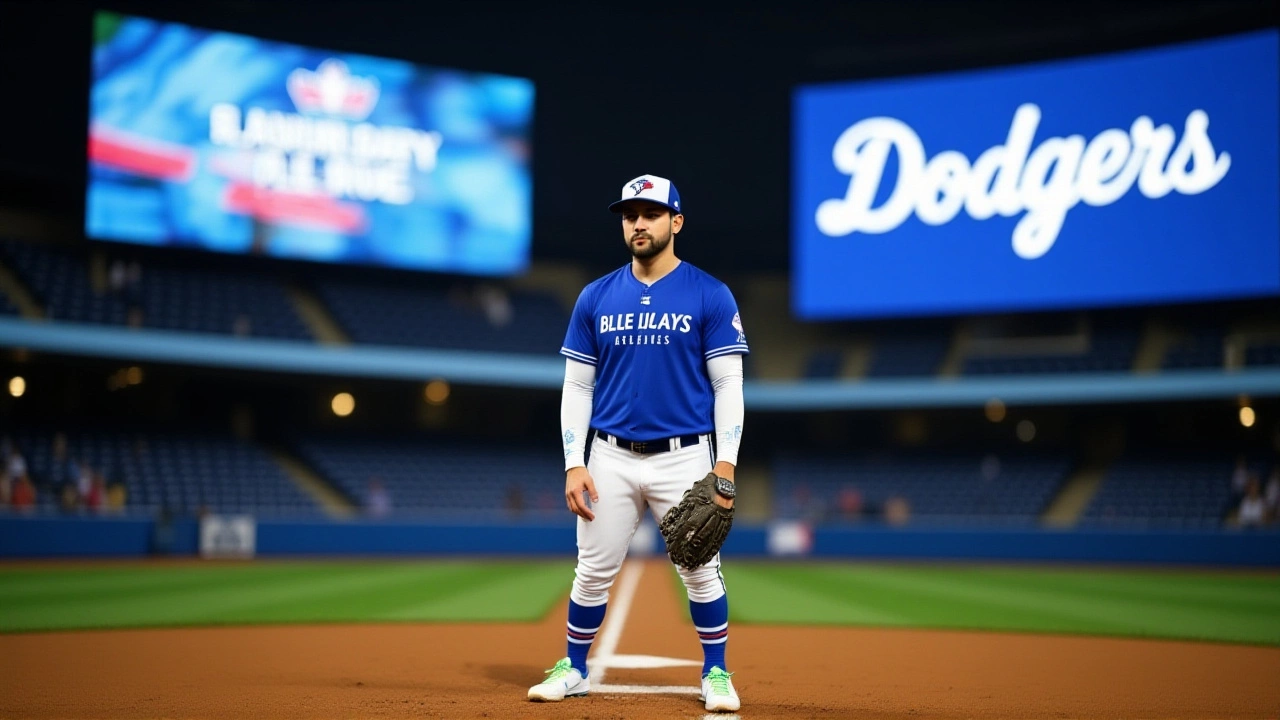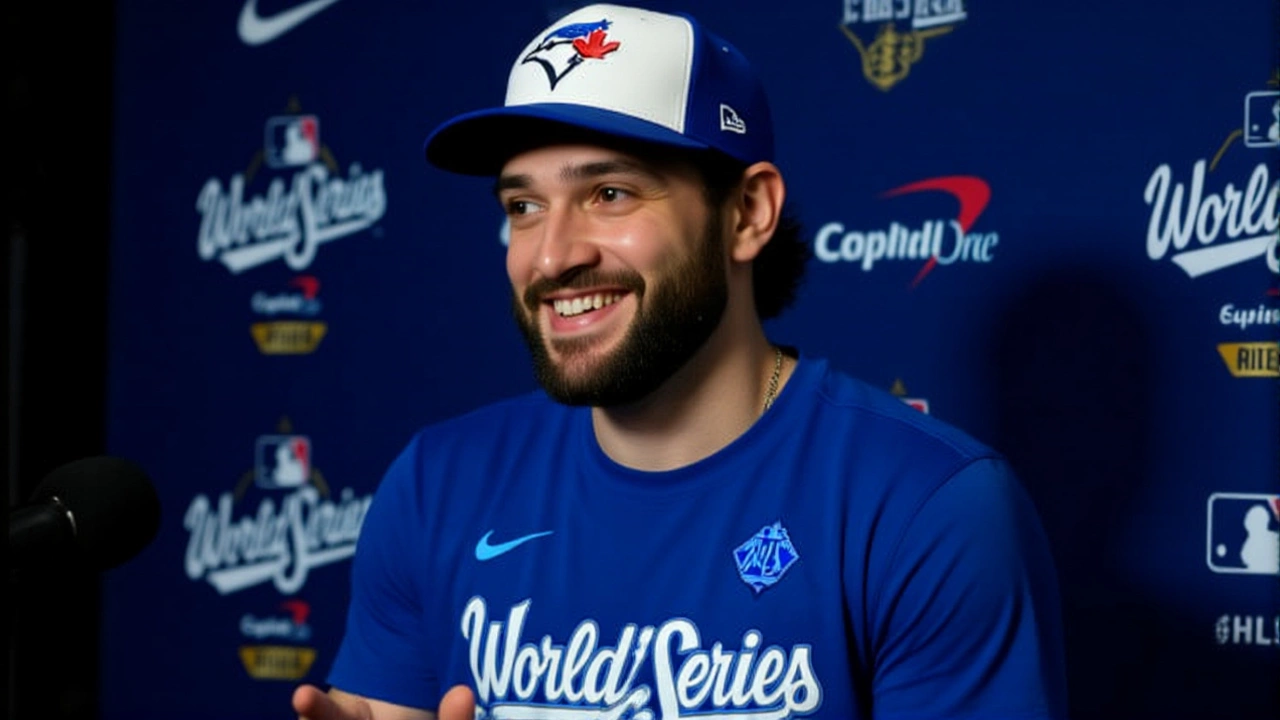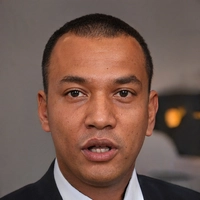When Trey Yesavage took the mound at Rogers Centre on Friday night, October 24, 2025, the whole arena seemed to hold its breath. The 22‑year‑old rookie, listed at exactly 22 years and 88 days old, was handed the ball for Game 1 of the World Series against the defending champion Los Angeles Dodgers, making him the second‑youngest pitcher ever to start a World Series opener.
The historic moment unfolded in Toronto, Ontario, Canada, where the Toronto Blue Jays were playing their first championship series in 32 years. With a 11‑4 win, fueled by a blistering nine‑run sixth inning, the Jays not only seized the early lead but also etched Yesavage’s name alongside legends of the game.
Why This Start Matters
Yesavage’s ascent is the kind of story that makes baseball folklore. Ranked the club’s No. 1 prospect by MLB.com, he had logged just three regular‑season starts before the postseason, spending most of the year in Single‑A Dunedin. Yet the decision by manager John Schneider to roll the youngster into the biggest stage of the season stunned pundits.
"We believed in his poise and his ability to throw his best stuff under pressure," Schneider said in a post‑game press conference. "Trey earned this the same way any veteran would — by delivering when it counts."
Game‑Day Details
During the opening frame, Yesavage struck out Shohei Ohtani – the league’s second‑most home runs leader with 27 – on a clean splitter that left the crowd roaring. Although he relied more heavily on his slider for the rest of the night, he limited the Dodgers to two runs over four innings, surrendering five hits and issuing three walks. His fastball sat just a tick slower than usual, a subtle dip that didn’t hurt his effectiveness.
Overall, he logged 10 strikeouts, five of which came in the first two innings, and finished with a total of 27 postseason strikeouts, a new single‑run record for a Blue Jays pitcher, surpassing David Price’s previous mark.
Voices From the Bench and Beyond
After the game, a beaming Yesavage reflected, "It was an insane experience that I'll remember for the rest of my life. I wish I could've done a little better, but that's why this is a team sport."
Back in Boyertown, Pennsylvania – his hometown – the celebration was equally electric. Boyertown Area High School declared October 24 "Trey Day," and head coach Todd Moyer praised his former student, "He's handled it so maturely. It's a source of pride for the whole community."

Dodgers’ Perspective
Across town, the Los Angeles Dodgers regrouped after a rocky start. Veteran pitcher Blake Snell, who matched Yesavage on the mound, tried to keep the game close, while first baseman Freddie Freeman rode a 17‑game on‑base streak into the lineup. The Dodgers, owned by Guggenheim Baseball Management and hungry to become the first club since the New York Yankees to repeat as champions, now face a formidable Blue Jays lineup.
What This Means for the Rest of the Series
Looking ahead, Schneider hinted that the next starter could be ace Kevin Gausman, who is fully rested after a relief appearance in the ALCS clincher. If the Jays keep the offensive momentum, the series could swing heavily in their favor.
Historical Context: Young Arms on the World Stage
The only pitcher younger than Yesavage to open a World Series was Ralph Branca, who threw for the Brooklyn Dodgers at 21 years, 267 days in the 1947 Series. That record has stood for almost eight decades, underscoring just how rare Yesavage’s achievement is.
Baseball historians note that early‑career starts in the Fall Classic are usually reserved for seasoned veterans. Yet the modern emphasis on advanced analytics and high‑velocity arms has shifted the calculus, allowing teams to trust younger talent in clutch moments.

Broader Impact on Baseball Development
Yesavage’s rapid rise fuels the ongoing debate about the optimal development path for pitchers. Some argue that his stint in Single‑A provided the low‑pressure environment needed to refine his secondary pitches, while others worry that such a steep jump could jeopardize long‑term health.
Regardless, his performance offers a template for other clubs: scout for composure as much as for raw stuff. As MLB.com analyst Keegan Matheson observed, "If you can find a 22‑year‑old who can handle a big‑league debut and then step onto the World Series mound, you’ve found a gem."
What’s Next?
The series shifts back to Los Angeles for Game 2 on Saturday. All eyes will be on whether the Dodgers can adjust their lineup and pitching strategy, and whether Yesavage’s confidence will translate into a longer career trajectory.
Frequently Asked Questions
How does Yesavage’s start affect the Blue Jays’ chances in the series?
A strong opening win puts Toronto ahead both on the scoreboard and in morale. If the Jays can maintain offensive firepower like the nine‑run sixth inning, they’ll force the Dodgers into playing catch‑up, which statistically improves a team’s odds of winning a best‑of‑seven series.
What precedent is there for such a young pitcher starting a World Series game?
Only Ralph Branca started younger, at 21 years old, for the 1947 Brooklyn Dodgers. Yesavage becomes the second‑youngest, highlighting a rare shift toward trusting youthful talent on baseball’s biggest stage.
Will Kevin Gausman definitely pitch Game 2?
Manager John Schneider indicated Gausman is ready and rested, but he left the exact decision open to keep the Dodgers off balance. The final call will depend on matchups and health assessments made on the morning of Game 2.
How are Boyertown fans celebrating?
The town declared October 24 "Trey Day," with the high school marching band playing the Blue Jays anthem, local businesses wearing the team’s colors, and a banner flying over the school’s football field during the game.
What does this mean for future pitcher development?
Analysts see Yesavage’s breakout as evidence that early exposure to high‑leverage situations can accelerate growth, provided teams monitor workload. It may encourage other clubs to fast‑track elite prospects rather than keeping them in the minors for longer periods.






Write a comment